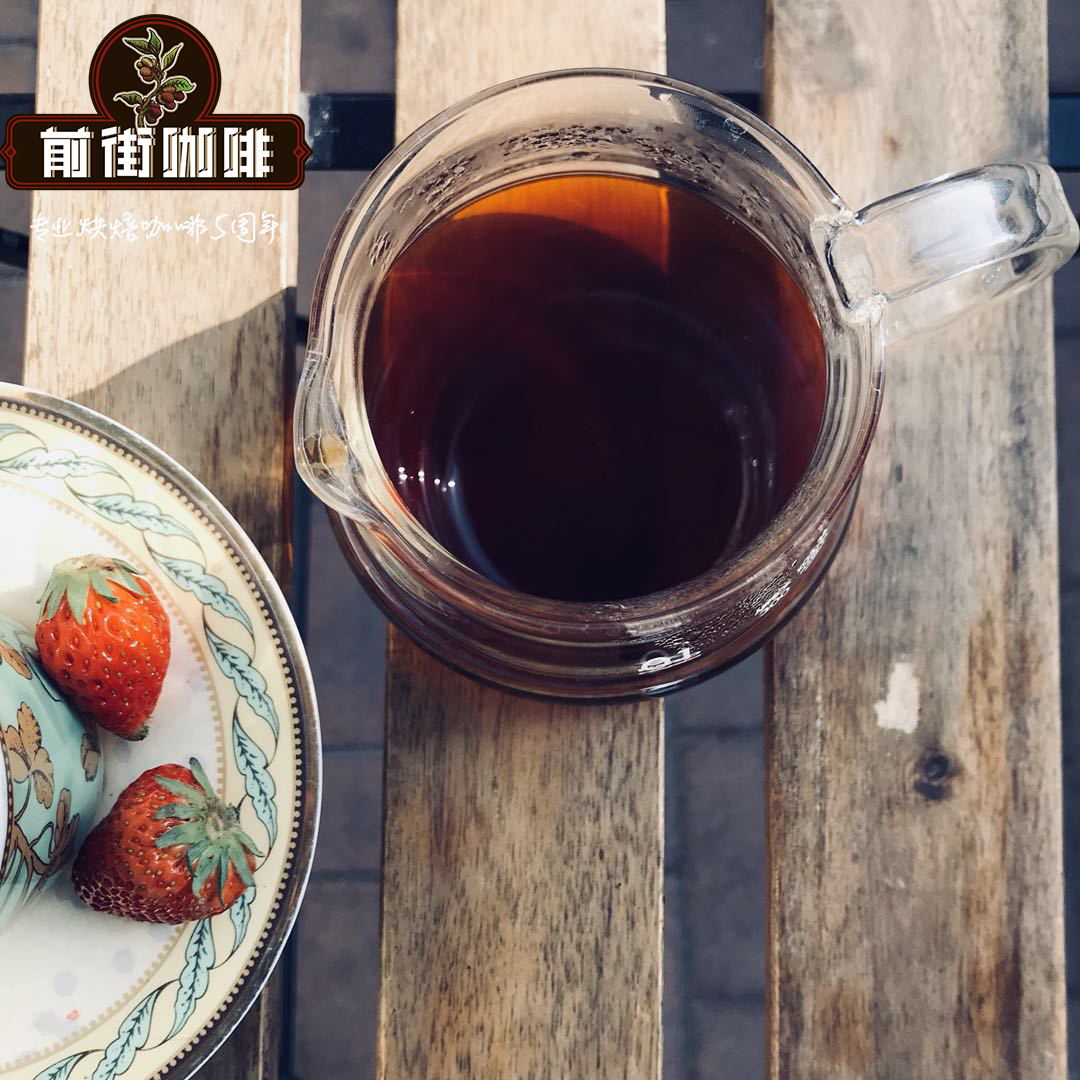Bat Coffee beans Madagascar Coffee Environment in West Idaho, Madagascar

For many people, starting from enjoying a cup of mellow coffee, the USDA report shows that the global demand for coffee is growing, among which the Asian market has great potential. It is estimated that by the end of September 2020, the domestic consumption of Indonesia and Vietnam in the past five years will grow by 54% and 14% respectively, while the Chinese mainland will grow by 16%. This phenomenon is related to the increase in income in emerging economies and the westernization of eating habits. Coffee farmers aim to cultivate high-quality varieties and rare coffee beans in order to increase their competitiveness and create greater wealth.
Whether you have a coffee habit or not, you must have heard of the famous civet coffee. However, in addition to civet coffee, which has been blessed by animals, there is also a kind of bat coffee in Madagascar in Africa, which is favored by experts because it is contaminated with bat saliva and tastes unique.
The Republic of Madagascar is an isolated island forgotten by the world, and the coffee beans growing on the island are like dazzling gems waiting to be opened. Madagascar has a unique natural environment and is isolated from the rest of the world, and many wild coffee beans originally from Ethiopia can still be found in the forests of the island. Madagascar, once part of Africa's Ethiopia region, fell into the Indian Ocean to become the world's fourth largest island after crustal movement and separation from the African continent about 100.0065 million years ago, after Greenland (Greenland), New Guinea (New Guinea) and Borneo.
Madagascar used to produce robusta coffee for instant coffee, but now more and more coffee farmers are joining the ranks of rare coffee varieties. Here, the secret of further driving up the price of coffee is to lure wild bats to eat the fruit of pointed bourbon, because the enzymes in bat saliva are thought by some experts to give coffee a special flavor.
Lavonasolo, president of the coffee farmers' group in Madagascar: "We can now live on coffee." In the past, the residents of Idahi District were not interested in this, but now they can live on coffee. If we continue to increase production, we can harvest more and more tons. "
Itasy is located in the middle of Madagascar. The fertile volcanic soil here is rich in minerals. Because of its good flavor, low caffeine and low yield, Bourbon Pointu Arabica beans are rare and precious compared to ordinary coffee beans. They are not only popular, but also popular with bats. From the perspective of traditional coffee cultivation, coffee fruits eaten by bats are agricultural hazards and would rather not be harvested, but here coffee farmers do the opposite and welcome the arrival of bats with open hands, that is, to make coffee beans stained with bat drool.
Reuters: "according to customers, when wild bats bite coffee beans, their digestive juices (saliva) react with the outside air, giving the coffee a more unique and supple flavor, making the price higher. "
Pointed bourbon beans can be sold for 200 euros per kilogram, or about NT $7000, which is 50 times higher than the price of ordinary commercial beans. If you increase the "bat" gas, that is, coffee beans have been eaten by bats, under the catalysis of bat salivary enzymes and natural air, the flavor will become more unique, and the price will be higher.
Coffee bean merchants: "next year, we will ask farmers to focus on coffee beans eaten by bats, which means that farmers only collect mature coffee beans, which will also improve the quality of our harvest." "
Some coffee farmers have revealed that about 2 tons of "bat coffee" like this can be produced this year, and by next year, it is planned to increase the output to 20 tons, which will also attract many young people to join the coffee bean-related industry and be optimistic about the prospect of fine coffee.
Coffee farmer / student: "I am 24 years old. I am still a student. My parents are both farmers. Agronomy is the field I specialize in. It is coffee that gives birth to the development of this field, especially the promotion of specialization." "
Malagasy coffee farmers aim to make "bat coffee" commercially produced, lock in the international boutique coffee market, and outline a blueprint for unique coffee beans for export.
Reuters reporter: "it is nothing new for animals to participate in coffee production. Civet coffee in Southeast Asia collects beans from civet droppings; Thailand has elephant dung coffee; and Costa Rica has bat coffee." "
Compared with ordinary coffee that can be drunk everywhere, boutique coffee has unique quality and outstanding flavor, and the global boutique coffee market is expected to reach 83.6 billion US dollars by 2025. Coffee aesthetics is very knowledgeable. From a coffee bean to a cup of mellow coffee, we have to work hard to create its own brand characteristics and win the world in the highly competitive coffee industry.
Important Notice :
前街咖啡 FrontStreet Coffee has moved to new addredd:
FrontStreet Coffee Address: 315,Donghua East Road,GuangZhou
Tel:020 38364473
- Prev

What is the taste of American coffee, Long Black and Lungo? the definition of espresso
American coffee = Espresso+ water and a kind of black coffee called "LongBlack" is popular in Australia. As the name implies, it is a cup of coffee without milk. Basically, black coffee is milk-free and is suitable for people who are lactose intolerant or don't like milk. LongBlack
- Next

Characteristics of Brazilian coffee beans Brazilian coffee bean grading Queen's Manor Bourbon Coffee Flavor
Characteristics of Brazilian coffee beans in 1727, the wife of the Governor of Guyana and Brazilian Army officer Pacita fell in love with each other and gave coffee saplings richly. Coffee saplings were taken to Para province in northwestern Brazil for planting, which started the Brazilian coffee industry. Brazilian coffee bean varieties: bourbon, bourbon variety Kaddura, bourbon Tibica hybrid New World, Kaduai. (other: yellow bourbon, Ika
Related
- Beginners will see the "Coffee pull flower" guide!
- What is the difference between ice blog purified milk and ordinary milk coffee?
- Why is the Philippines the largest producer of crops in Liberia?
- For coffee extraction, should the fine powder be retained?
- How does extracted espresso fill pressed powder? How much strength does it take to press the powder?
- How to make jasmine cold extract coffee? Is the jasmine + latte good?
- Will this little toy really make the coffee taste better? How does Lily Drip affect coffee extraction?
- Will the action of slapping the filter cup also affect coffee extraction?
- What's the difference between powder-to-water ratio and powder-to-liquid ratio?
- What is the Ethiopian local species? What does it have to do with Heirloom native species?

